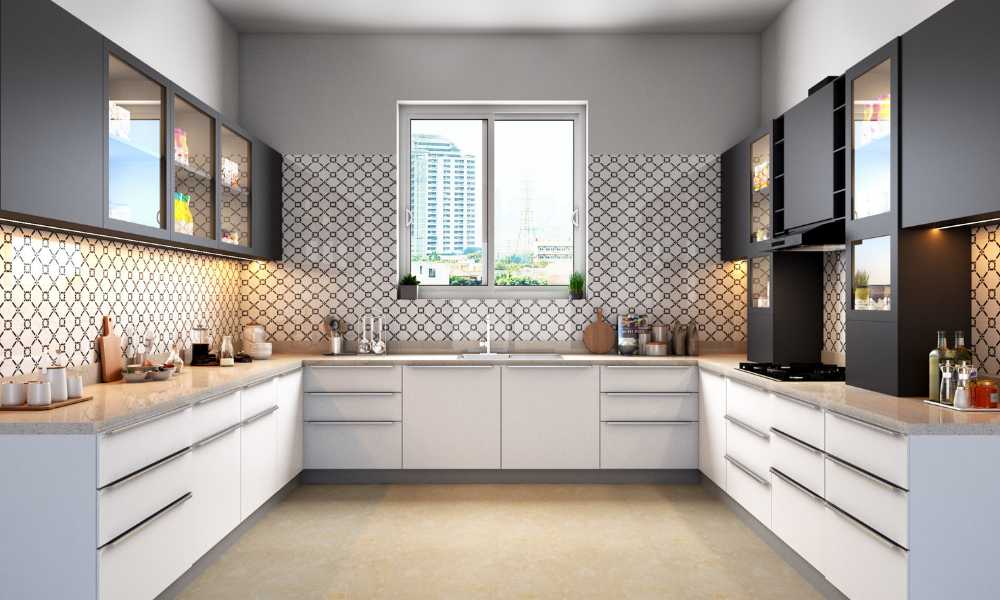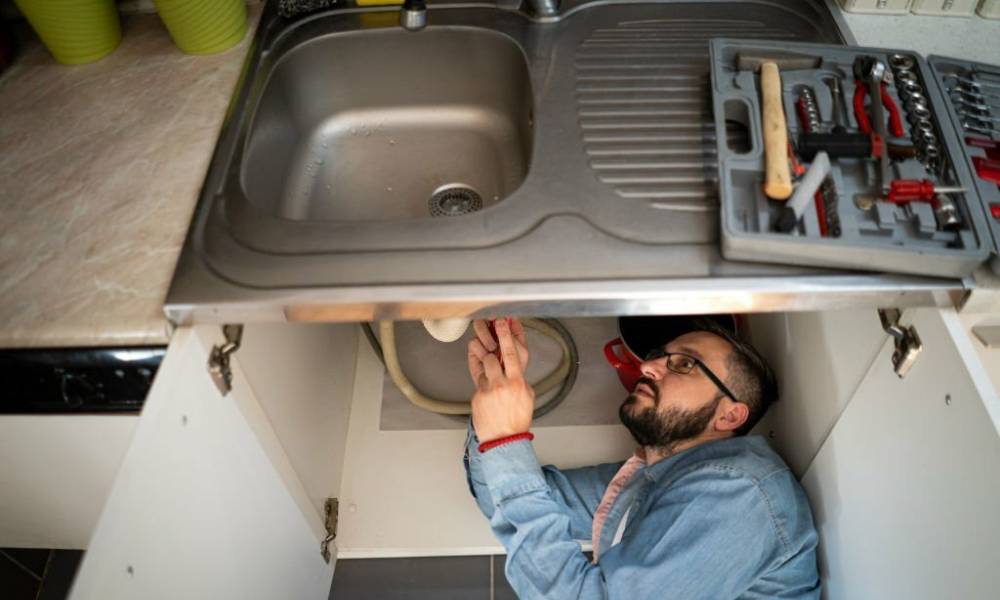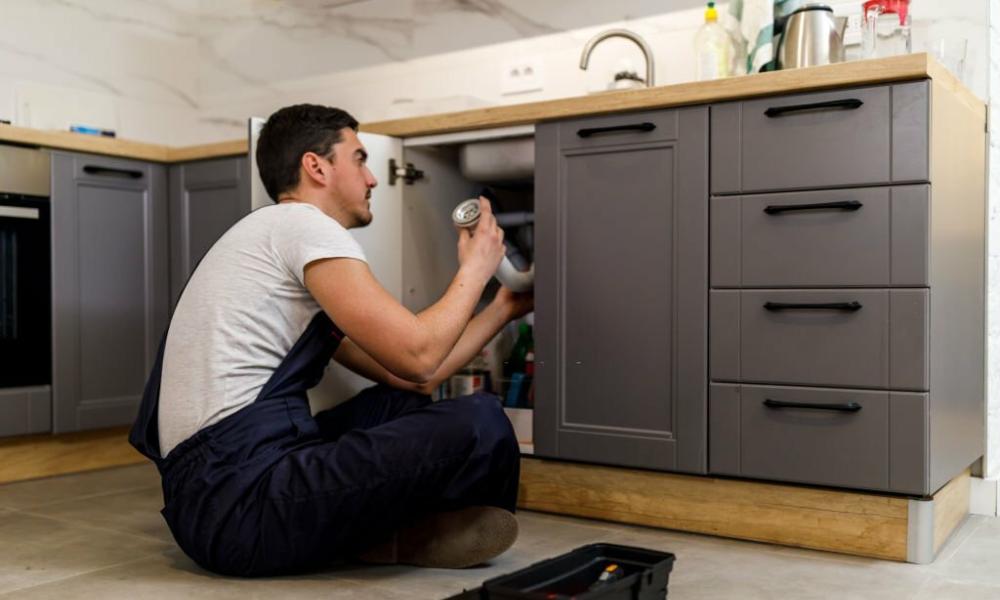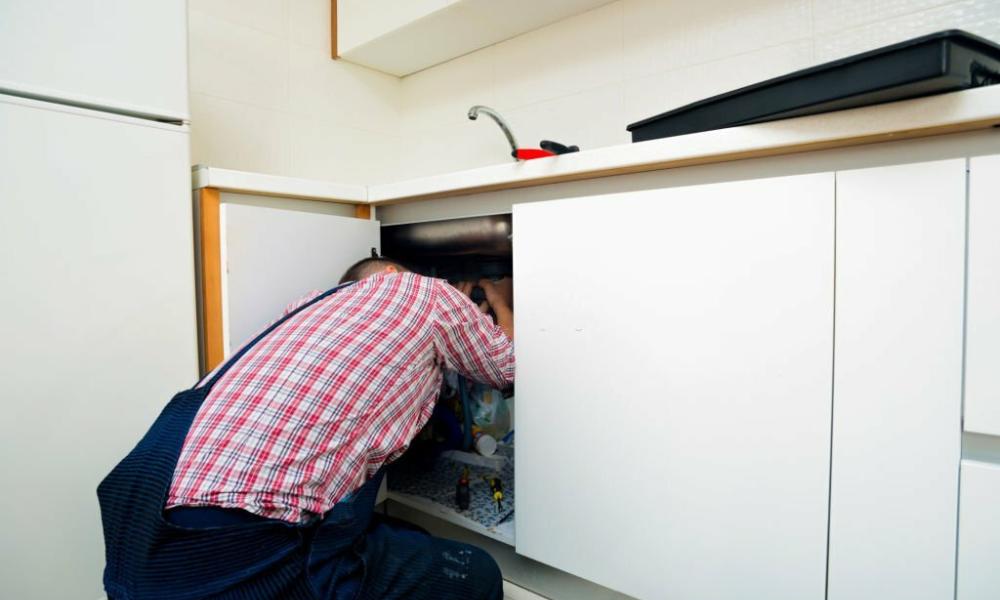Are you embarking on a kitchen renovation project and facing the daunting task of matching new cabinets with your existing ones? The art of seamlessly blending new components into an established aesthetic can be a challenging endeavor. Whether you are aiming for a harmonious look or seeking to breathe new life into your kitchen space, mastering the skill of match existing kitchen cabinets is essential. This guide will provide you with expert tips and strategies to navigate this intricate process with precision and finesse.
Here Are Some Tips On How To Match Your Existing Kitchen Cabinets.
Match The Style
Matching the style of your existing kitchen cabinets involves paying close attention to the design details that characterize them. Examine the door style, be it shaker, flat, or inset, as These are the most readily visible aspects that define the overall appearance. Additionally, take note of any unique features such as trim work or specific finish techniques. Understanding these elements is the first step in ensuring a cohesive look in your kitchen renovation or extension project.
Match The Wood Type
Match the wood type of your existing kitchen cabinets is equally important as matching the style. Especially when you’re dealing with natural wood finishes. Each type of wood has its unique grain patterns, color variations, and texture. Common types used in cabinetry include oak, maple, cherry, and birch, among others. It’s crucial to identify the specific wood type of your existing cabinets to find a complementary match for any new additions. Sometimes, consulting with a professional carpenter or cabinet maker can provide insight into difficult-to-identify wood types. Ensuring that any new or replacement pieces blend seamlessly with the old
Look For Exact Matches
Looking for exact matches might require a bit of detective work. especially if your cabinets are older or were custom-made. Start by contacting the manufacturer or retailer if possible. Many companies keep records or samples of older designs and might be able to provide you with a direct match or a very close alternative. If that’s not an option, consider taking a door or drawer front to local home improvement stores or specialized cabinet shops. They can offer advice and potentially match the design, finish, or wood type. Remember, achieving a perfect match might not always be possible due to changes in materials or finishes over time. But these steps can significantly increase your chances of finding the best possible match.
Consider Custom Cabinetry
If an exact match is elusive, custom cabinetry offers an excellent solution. These tailor-made ensure that every aspect from the type of wood and design style to the finish and hardware perfectly complements your current setup. Although this option may be pricier and involve a longer wait, it ensures a flawless integration with your existing cabinets. Preserving the cohesive look and aesthetic charm of your kitchen.
Assessing Existing Cabinets
This step involves examining the structural integrity, the functionality of hinges and drawer slides, and the overall condition of the finish. Look out for signs of wear and tear, such as warping, water damage, or significant fading of the wood finish. Assessing these aspects helps you determine whether minor repairs or a full replacement is necessary. Additionally, this evaluation provides a clearer picture of what to look for when matching new cabinets. Ensuring a more informed decision-making process.
Identifying Cabinet Style And Finish
Start by closely examining the door style is it a raised panel, recessed panel, or slab? Noticing the details, such as beveled edges or ornate profiles, will guide your search for matching pieces. Equally important is the finish of your cabinets. Finishes can vary widely, from painted and stained to glazed or distressed. Take note of the sheen as well, Whether it’s a high gloss, semi-gloss, matte, or satin finish can greatly impact the visual cohesion of your kitchen. If possible, bring a cabinet door or a drawer front to paint and hardware stores to find the closest match in terms of color and finish.
Selecting Matching Materials And Colors
When aligning new cabinets with existing ones, paying close attention to the color, texture, and pattern of the material is crucial. For wooden cabinets, aim to closely match the grain and stain color. If dealing with painted cabinets, take a sample to a paint store for a precise color match. Equally important is the selection of hardware; choosing knobs, pulls, and hinges that match in style and finish can integrate the overall look seamlessly. Moreover, it’s important to note that lighting can drastically influence how colors and materials are perceived. Therefore, whenever possible, examine samples under the lighting conditions of your kitchen to ensure a perfect match.
Customizing Hardware Or Accessories
Customizing hardware or accessories can be a strategic way to ensure a seamless blending of new and old cabinetry. Consider the specific styles, finishes, and designs of existing cabinet hardware such as knobs, pulls, and hinges. Updating all hardware to match can unify disparate pieces, making even non-matching cabinets appear coordinated. Furthermore, incorporating unique accessories like under-cabinet lighting or glass panel inserts can enhance the overall cohesion and functionality of your kitchen. When selecting new hardware or accessories.
Choosing The Right Paint Or Stain
It’s crucial to choose paint or stain that match your existing kitchen cabinets for a unified look. Start by noting the base color and finish of your current. If you have wood cabinets, decide if the stain highlights the natural grain or looks solid. For painted cabinets, check if the color is standard or unique, possibly needing custom mixing. Bring a sample or clear photos to a paint or home improvement store for the best match. Remember, kitchen lighting can change how colors and finishes appear, so it’s smart to test samples in your kitchen. Also, keep in mind that cabinet colors may fade or shift over time, making perfect matches tough. Slight color adjustments or using glazes can help new additions blend with old ones seamlessly.
Applying Techniques For Seamless Blending
To achieve a harmonious fusion of old and new cabinetry, consider leveraging transitional elements or trim. These components can effectively bridge any minor differences in color or style, ensuring a cohesive aesthetic. For example, installing matching crown molding or a light rail across both the old and new units can unify them through a consistent design feature. Likewise, a custom panel or frame that matches the new cabinets and is added to the existing cabinetry can enhance the overall unity. To further integrate the two, applying the same wood finish or paint technique, like a complementary glaze or similar distressing method, can smooth over any discrepancies. The objective is to cultivate a blend that appears intentional and seamlessly coordinated, rather than seeking an exact match.
Blending New Cabinets With Existing Ones
Blending new cabinets with existing ones requires attention to detail and an understanding of your kitchen’s aesthetics. Match styles, finishes, and hardware carefully, and consider the layout and spacing for symmetry and balance. Ensure new cabinets align with existing ones for a cohesive look. For lower cabinets, maintain the same height unless serving a specific function like a island. Also, focus on functionality and flow, ensuring new improvements in your kitchen’s usability. Plan the layout to avoid issues like blocked appliance doors or cramped spaces. Consulting with a kitchen design professional can also be invaluable in achieving a harmonious blend, ensuring a beautiful and practical outcome.
Hiring A Professional For Refinishing Services
DIY efforts can yield good results, but hiring a professional for refinishing services brings unmatched skill and expertise, enhancing the outcome. A professional can assess the condition of your cabinets and recommend the best refinishing or replacement approach. They have the tools, techniques, and experience to match stains, paints, and finishes, ensuring a uniform look in your kitchen. Additionally, professionals can fix any damage or wear, improving the durability and appearance of your cabinetry. Opting for professional services can save time and minimize mistakes. Making it a valuable investment for a flawless finish in your kitchen renovation.
How To Mix Old Kitchen Cabinets With New
Integrating old with new kitchen cabinets requires attention to detail and creativity. It’s important to maintain a unified visual flow. Achieve this by choosing a consistent design theme. If your old cabinets are classic, select new ones with similar styles or motifs. Material consistency is key for blending old and new. If an exact match is impossible, refinishing all the same color or finish is a good solution. Also, consider how new can improve the layout and functionality of your kitchen. Adding an island with storage or updating the pantry with matching cabinets can boost both aesthetics and efficiency. The aim is to seamlessly merge old and new, creating a functional, visually appealing kitchen space.
Conclusion
By taking into account factors such as color, style, and finish, homeowners can successfully integrate new cabinets with their existing ones. Consulting with a professional designer or contractor can also provide valuable insights and guidance throughout the process. With proper planning and execution, the result will be a cohesive and harmonious kitchen design that enhances the overall aesthetic of the space. To ensure seamless integration of new cabinets with existing ones, meticulous planning, and thoughtful decision-making are key.
FAQs
How do I identify my kitchen cabinets?
The easiest way to identify your kitchen cabinets is by locating the manufacturer’s name or brand on the inside of the cabinet doors. If you cannot find this information, take clear photos or samples of your cabinets to a local home improvement store for assistance in identifying them.
How do you combine old and new kitchen cabinets?
To combine old and new kitchen cabinets, start by assessing the overall style and design of your existing cabinets. Then, select a new one that complements or matches these elements. Use transitional pieces or techniques like adding trim or utilizing a consistent paint or stain treatment to create a seamless blend between old and new. Lastly, consider consulting with a professional for refinishing services to achieve the best
How do you mix and match kitchen cabinets?
Mixing and matching kitchen cabinets involves combining different styles, finishes, or colors to create a unique and personalized look. To do this successfully, consider incorporating elements from your existing cabinetry into the new ones. For example, you could install the same style of hardware or use a similar wood finish across all cabinets to tie them together.
Can you modify existing kitchen cabinets?
Yes, existing kitchen cabinets can be modified to match new ones. This can be done through refinishing or replacing certain parts of the cabinetry, such as doors or hardware. Professional refinishing services can also help achieve a consistent look between old and new cabinets. However, it’s essential to consider the cost and effort involved in modification versus purchasing all-new cabinets. Ultimately, the decision should be based on your budget and desired outcome.




